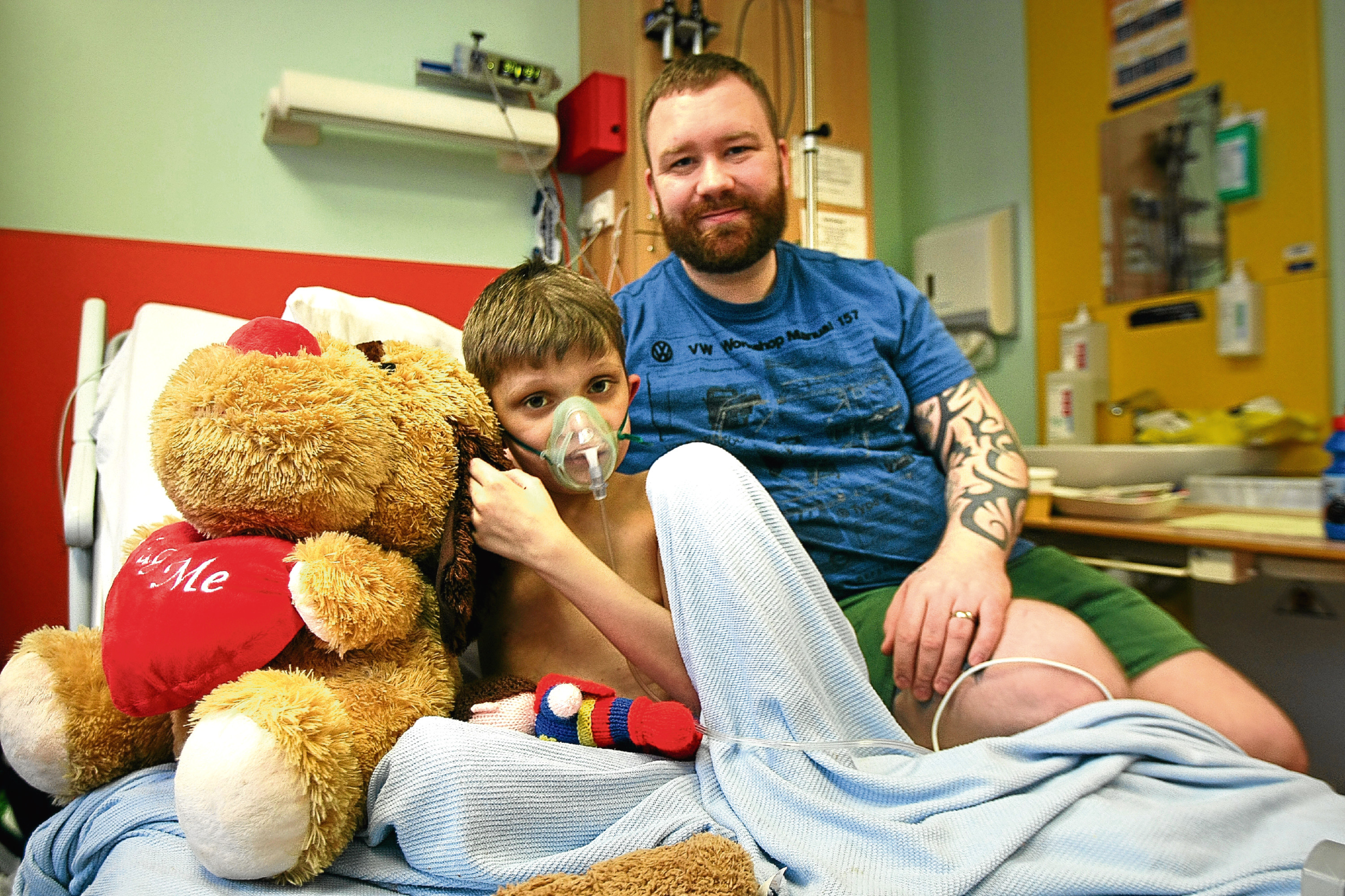Frank Dor, a man who takes kidneys from healthy people and transplants them into the sick, said: “It is one of the most beautiful things to do.”
He didn’t add that you probably have to be a beautiful soul to donate one.
My friend James is recovering from having done just that. “I just wondered what was involved, how it worked and started looking into it,” he said.
James is qualified doctor, philosophy student and psychotherapist. He does thinking about health, well-being and the meaningful life better, perhaps, than most of us.
“It’s called altruistic donation but it wasn’t some high-minded altruism, just a feeling really. The more I looked into it the more I felt it was the right thing to do”
The human body has two kidneys, each the size of a computer mouse, which sit near the bottom of the back.
They clean blood of dirt and other fluids, turning them into liquid waste.
It is a short operation by keyhole surgery to cut out a good kidney from a donor, who will then spend a few days recovering in hospital before going home. That kidney is given to someone who suffers from kidney disease, a condition which can kill if not treated.
Around the world there is a huge imbalance between people who need new kidneys and available ones for donation.
Frank Dor is head of renal transplant at a hospital trust in London. He participates in a scheme known as “pair and pool”.
This involves donors and recipients coming into hospitals around England on the same day so a great kidney swap can take place.
Many are prompted to donate because a relative is ill – but discover their kidney doesn’t match the patient’s need.
James had his kidney removed at the Royal Infirmary in Edinburgh – he fitted it around his working life (expect to take a month off work to allow for safe recovery).
“I suppose I am at home with risk – its part of any health professional’s life,” he said.
“So I looked into it and the chances of something going wrong when you only have one kidney left are very low, while the benefit to an organ recipient is very high. That seemed reasonable to me.”
That has to be the fear – having given one kidney away, the remaining one fails.
The evidence suggests this is unlikely – if you are healthy and happy enough to pass the rigorous assessment for altruistic donors, the chances are very high you will remain healthy and happy with only one kidney.
“It is strange, going to hospital to be made unwell. At first it seems against the Hippocratic Oath that all doctors take – do no harm. But in truth it does a lot of good,” says James.
At heart is an emotional tussle between the idea of the body as a mechanism which sustains consciousness and the flesh as something whole and possibly divine.
In the case of altruistic donation, there is another emotional issue at play – what can the good person do to help others? None of this is easy and James, for one, wouldn’t have it that the donor is a saint.
Research has shown that altruistic donors tend to be people with high levels of well-being. They are not chasing life with something to prove but are likely to lead a healthy lifestyle and have found some happiness.
Fascinatingly, studies also show altruistic donors tend to recover more quickly than other patients – peace of mind and sure purpose aid the body’s flesh.
Scotland has a good story to tell on organ donation, the Government saying there has been an 83% increase in the number of people who donated organs after their death in Scotland between 2007-08 and 2015-16.
However, despite these successes, there were still 542 people on the active transplant waiting list.
There is a consultation ongoing – it ends March 14 – on how to increase the number of donors.If you want to know more about this then search for Organ Donation Scotland or the campaign group Give A Kidney.
The consultation is here.
